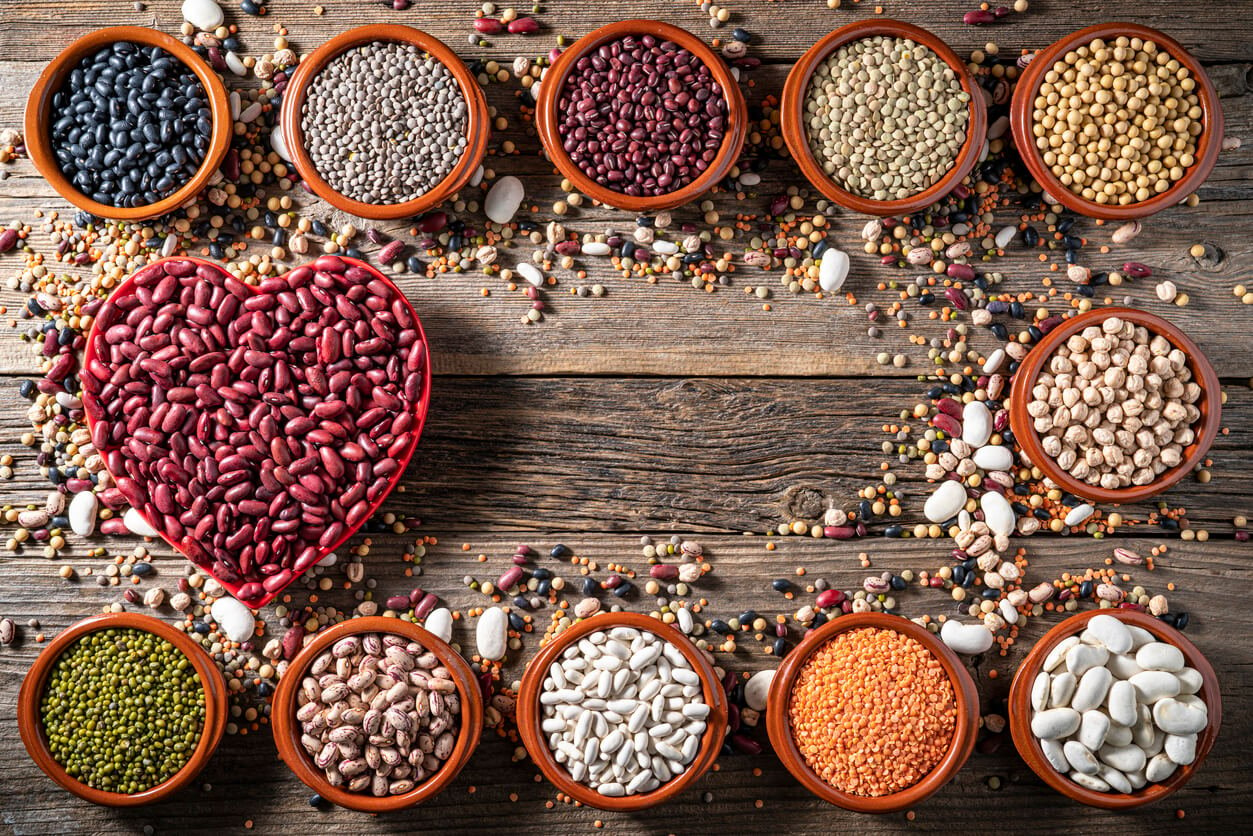There is a question that I get asked time and again is, “Why can’t I eat beans?” Let me try to explain to you how beans, soy and other legumes can impact our health. This might come as a surprise but nearly 19 years ago imports of red kidney beans into South Africa were legally prohibited because of “their potential toxicity to humans.” In fact, raw kidney beans were lethally toxic to rats when fed at more than 37% of their daily calories.
The main cause is a toxin called ‘phytohaemagglutinin’ or kidney bean lectin. Raw kidney beans contain very high amounts of phytohemagglutinin, which makes them much more toxic than other types of beans.
Beans also contain antinutrients such as tannins, lectins, phytic acid, and oligosaccharides. These antinutrients affect the bioavailability and digestibility of nutrients and minerals.

The main purpose of the antinutrients in plants is to defend themselves from fungi, insects, and animal predators.
Moreover, most beans are high in oligosaccharides. Our bodies can not make the enzyme needed to break down these complex sugars. In fact, when we consume beans, the oligosaccharides ferment in the lower intestine producing carbon dioxide and methane gases.
ANTINUTRIENTS IN BEANS (LEGUMES)
LECTINS
Beans contain pretty high concentrations of lectins. Lectins are proteins produced by most plants as a natural pesticide. When eaten in high amounts and frequently, lectins can cause many health issues. Lectins are proteins that can’t be broken down easily. They are resistant to stomach acid and digestive enzymes. Lectins can cause GI upset leading to joint pain and rashes. Lectins can also bind to the gut wall and damage the gut lining causing gut permeability (aka leaky gut). Lectins may cause changes in gut function leading to colitis, Crohn’s Disease, Celiac-Sprue, and IBS.
PHYTIC ACID
The most talked about anti-nutrient found in grains, beans, nuts and seeds is phytic acid (or phytate). Phytic acid can impair the absorption of minerals like iron, zinc, and calcium. It also inhibits a few essential digestive enzymes such as pepsin, needed for the breakdown of proteins in the stomach; amylase, needed for the breakdown of starch into sugar, and trypsin, needed for protein digestion in the small intestine. Thus, consumption of foods high in phytic acid can lead to various health issues such as allergies, digestive irritability, bone loss, hormone disruption, anemia, impaired immune function.
SAPONINS
As I’ve mentioned earlier, plants don’t want to be eaten. So to defend themselves, they produce toxic substances. One of which is saponins. Saponins are antinutrients found in almost all legumes that create holes in the membranes lining the exterior of all cells. Like lectins, saponins interfere with the absorption of many vitamins and minerals. They also contain toxic properties that can damage the human body when eaten frequently.
WHAT YOU SHOULD DO IF YOU CHOOSE TO EAT BEANS
Soaking beans overnight, discarding the water, then cooking them in fresh water can help reduce the amount of antinutrients. Soaking and sprouting can also reduce the complex sugars in beans that are linked to gas and bloating. In fact, most studies found that soaking beans for about 12 hours, increases their overall nutritional value.